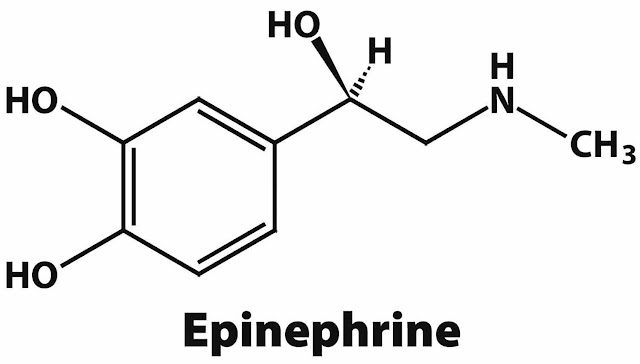Myelodysplastic Syndrome (MDS) Treatment Includes Chemotherapy, Blood Transfusion, and Medicines
%20Treatment%20Market.jpg) |
Myelodysplastic syndromes (MDS) are disorders of bone marrow that are characterized by a failure of the hematopoietic system. Symptoms of Myelodysplastic syndrome vary significantly from person to person, and they may persist for many years. They may also progress to life-threatening complications.
Despite its name, Myelodysplastic syndrome (MDS) can develop into acute myeloid leukemia. It can develop in people at any age, although it is more common in those aged 70 and older. Some people do not have symptoms and are diagnosed with MDS by chance during a routine blood test for another reason. When severe, MDS can lead to infection and bleeding. Myelodysplastic syndrome (MDS) treatment for MDS depends on which types of blood cells are affected and how many are present.
Inflammasomes are the culprit in Myelodysplastic syndrome. This gene is responsible for driving the phenotype of the disease. Several studies have confirmed this, including a study led by Germing U and colleagues. Inflammasomes can be mutated and cause severe complications, so mutations in the NLRP3 gene are implicated. A course of myelodysplastic syndrome (MDS) treatment targets the mutation of JAK2 V617F.
There are several types of myelodysplastic syndrome (MDS) treatment. Each type is characterized by changes in the bone marrow and blood cells. Individuals with MDS have abnormally low blood counts (cytopenias), which means their bone marrow is not producing enough normal blood cells. The symptoms of MDS include fatigue, weakness, bruising, and abnormal blood cells. And while the symptoms of MDS are often mild, some people may experience severe pain.



Comments
Post a Comment